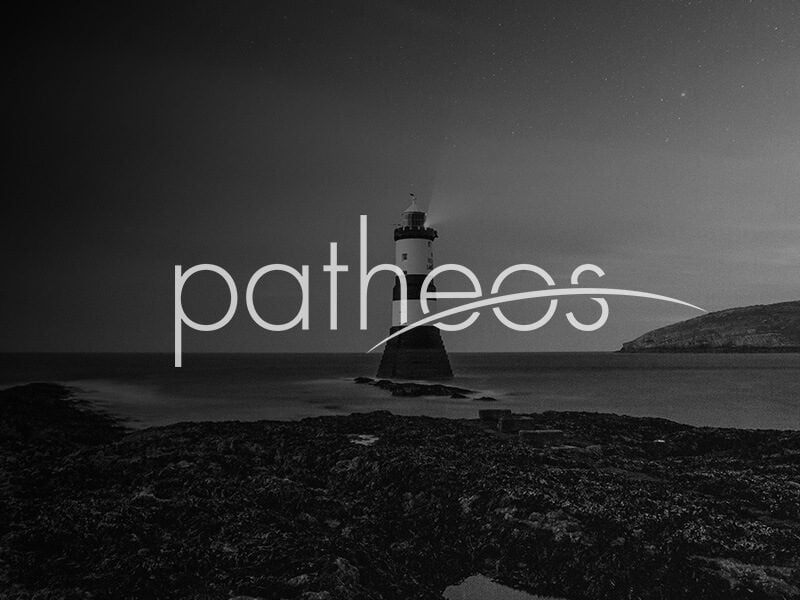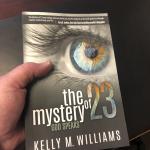Though over a decade old, David Martin’s Pentecotalism: The World Their Parish is still a revelation. Densely textured in both form and matter, it demands, and rewards, slow and careful reading. This is partly because of the book’s reprise of Martin’s arguments concerning secularization (see his updated theorizing On Secularization), which emphasize the diversity of patterns of secularization. Continental, Iberian secularization is not the same as Anglo-American secularization because of differences between Protestantism and Catholicism and between the church-state settlements. Though large... Read more



















